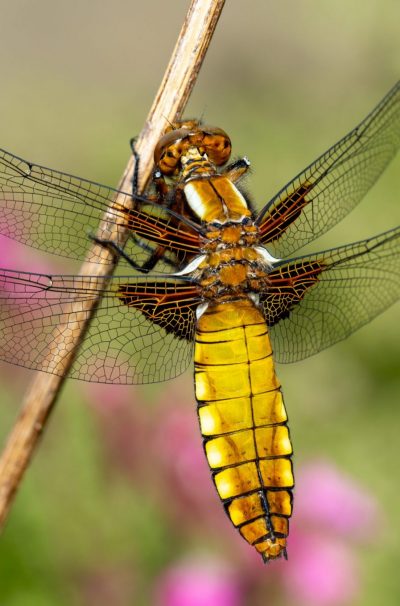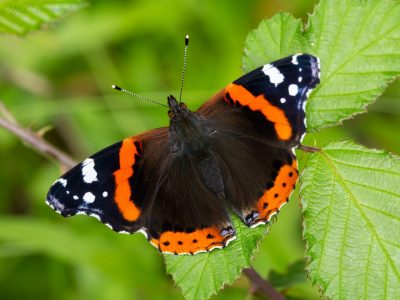Services
At Wildlife Gardens we offer creative landscape designs to transform your space into a haven for nature. Although choosing the correct plants for your project is a fundamental part in attracting a huge array of wildlife, the landscaping and hard standings will set the foundation. Following the completion of the design and installation of your project, we offer a year-on-year habitat maintenance plan that will allow for the continued presence of these biodiverse systems.
Other services we provide include the maintenance and restoration of ponds and other habitats in the wider countryside for local councils, communities and organisations.. These works are specific to certain times of the year when wildlife disturbance is at a minimum. We also include optional wildlife photography in our project package where we can build a photographic portfolio for you documenting the wildlife in your garden.HABITAT CREATION
Our aim is to replicate the natural environment as much as possible in your garden setting. The three major habitats that we focus on establishing are freshwater systems, grassland and woodland. These can vary tremendously depending on landscape structure, soil conditions and plant choice.
Freshwater systems can include wildlife ponds, bogs and streams. These water sources can be very attractive for your viewing and a haven for wildlife. While building these aquatic structures, excess extracted soil can be used to build a grassland bank enriched with wildflowers. These flowers can provide a vital source of both pollen and nectar for local pollinators and be a fascinating learning ground for the keen observer. Woodland borders act as good screening and can display a huge amount of colour in Spring when native bulbs break through the ground from winter dormancy. The establishment of a wildlife habitat of any size can play a vital role in helping save our local wildlife. With the correct design and maintenance plan these features can be very rewarding for you.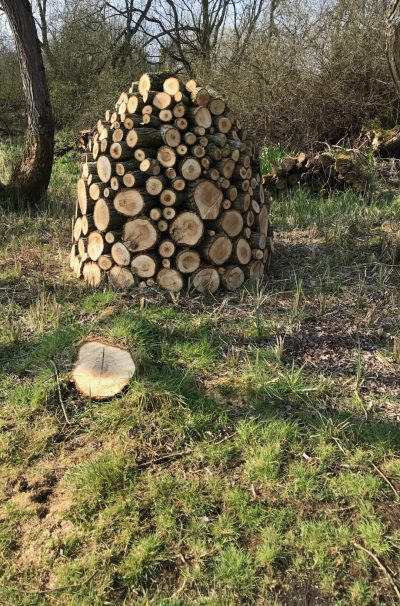
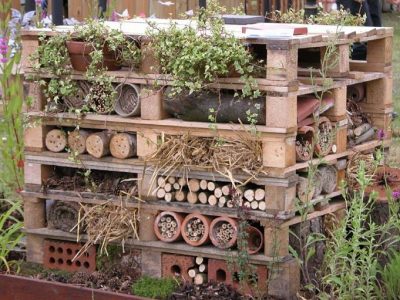
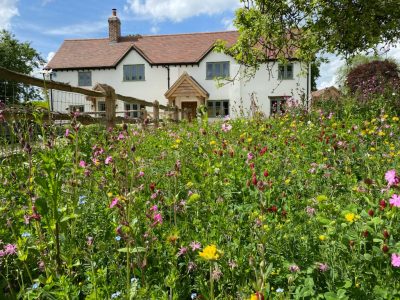
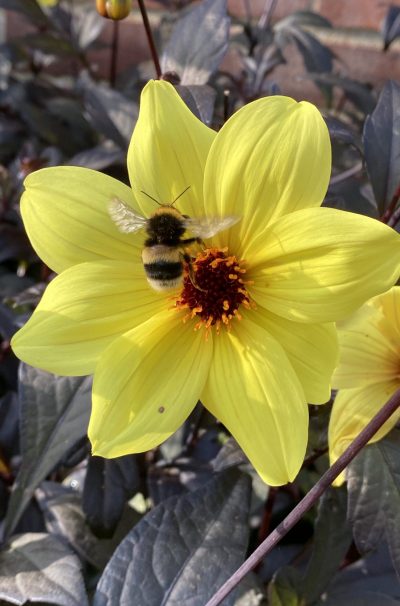


PLANTING SCHEMES
Choosing plants for the correct situation can be a daunting task at the best of times. With so many species and varieties available, we can help you select the best options for your garden to attract wildlife.
At Wildlife Gardens we promote the use of native British plants as much as we can. Our wildlife has adapted to use these hardier plants for food and shelter over a long period of time, thus native plants are the best choice to encourage wildlife into your garden. That being said, some non-native species provide excellent sources of pollen and nectar for pollinators and can be a great addition to the garden. Plants are a fundamental part of establishing a diverse wildlife garden, from pollinator friendly borders to a native thriving bog. Whatever your chosen requirements are, we have a plant plan for you.LANDSCAPING
An essential part of designing a wildlife garden is the foundation phase, which consists of creating hard standings (e.g., decking, pathways, patios) and structural features (e.g., Pergolas, ponds, trellis fencing). These work hand in hand with habitat creation and planting schemes to establish an outdoor space that benefits both the client and wildlife.
At Wildlife Gardens, we design these features with nature in mind, e.g., a patio with lots of planting pockets or a pergola with bird and mammal nest boxes attached. Whatever the scenario, we can accommodate your landscaping requirements.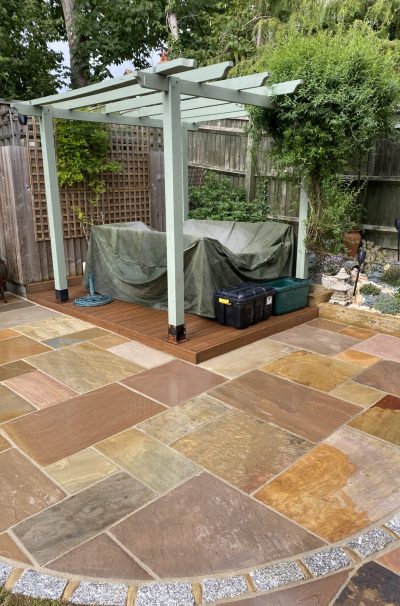
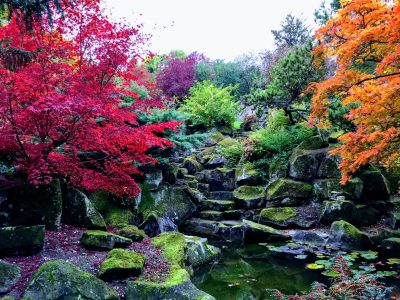
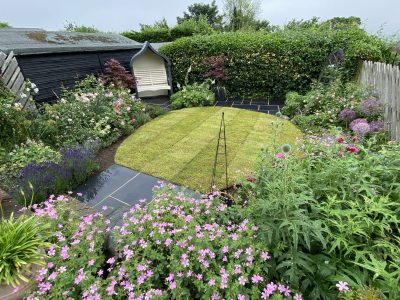
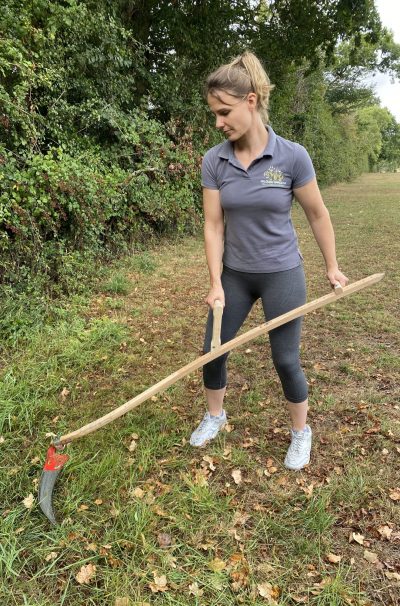

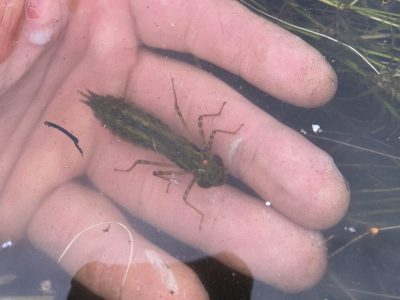
MAINTENANCE & RESTORATION
Once we have completed your garden project, we can offer you year-on-year habitat maintenance. Nature is marvellous, usually taking care of itself. However, in a man-made setting such as a garden, intervention is required to maintain optimum biodiversity.
Our maintenance service for residential properties includes the cutting and care of wildflower meadows; pond clearing; pollinator border control; hedge cutting, hedge laying and woodland coppicing.
We also offer the maintenance and restoration of ponds and other habitats in the wider countryside. This work could help local councils, communities, and organisations. Due to the sensitivity of these projects, these jobs would be carried out at select times of the year when wildlife disturbance would be at a minimum.
PHOTOGRAPHY
At Wildlife Gardens, we love illustrating the beauty of nature through photography. By sharing an array of British wildlife through stunning images, we hope to encourage you to take a step forward in helping nature in your garden, creating the perfect setting for biodiversity to flourish.
We thus offer, as an optional extra, wildlife photography as part of your garden project. We can create for you a photographic portfolio starting before the first spade is placed in the ground and ending at any desired time after your wildlife garden is completed.